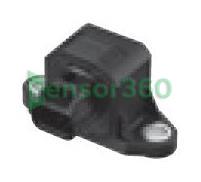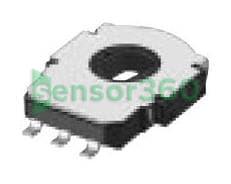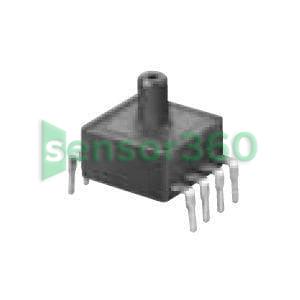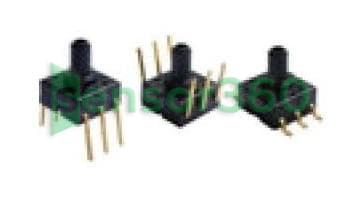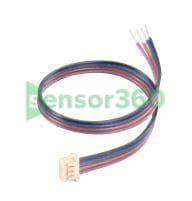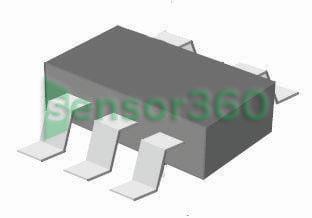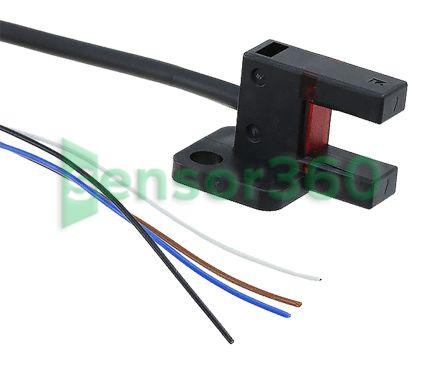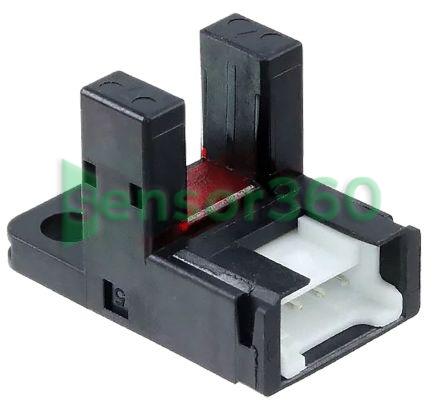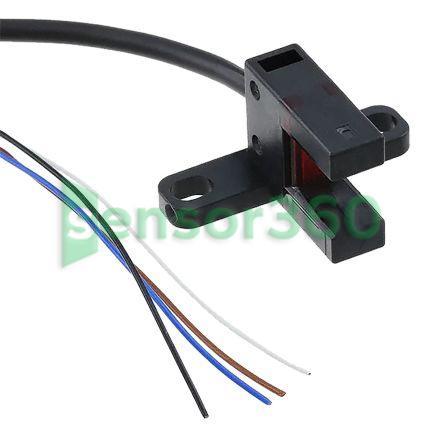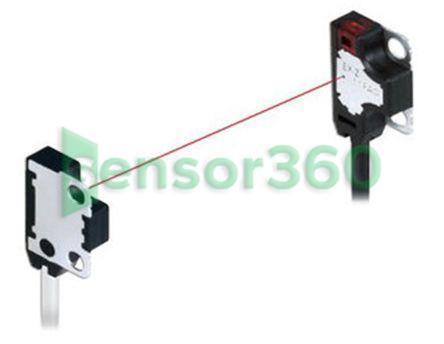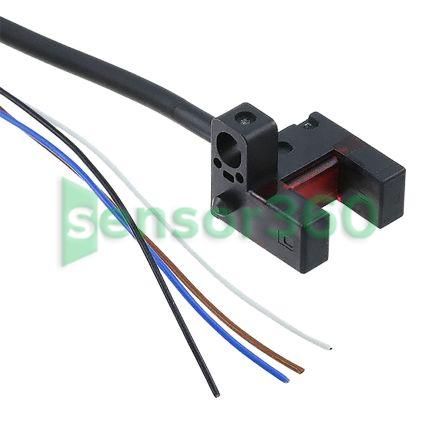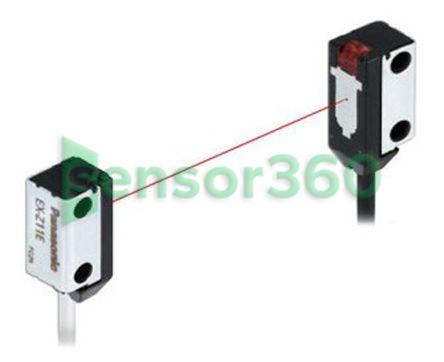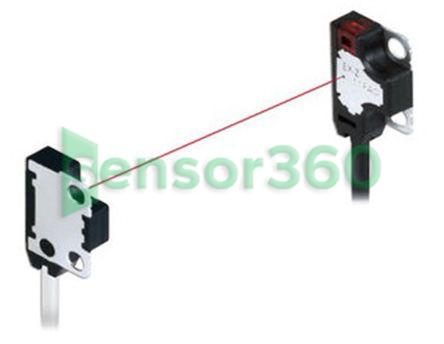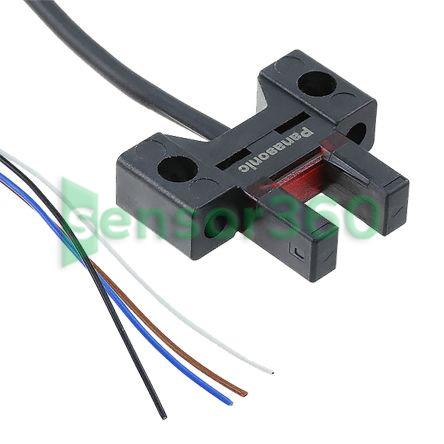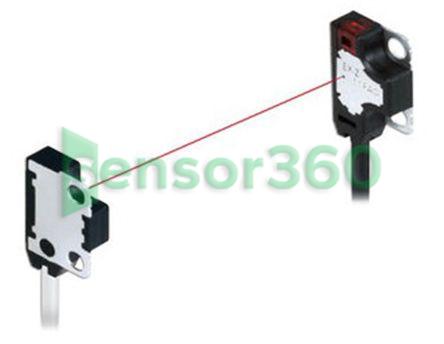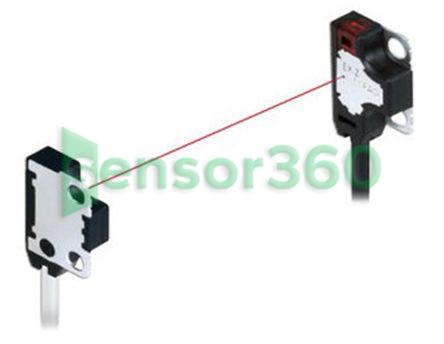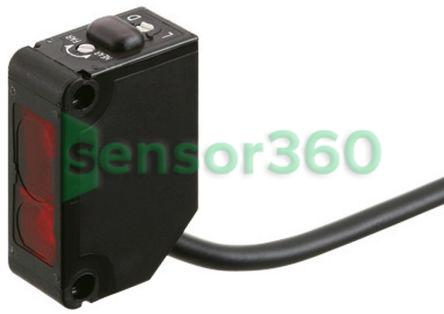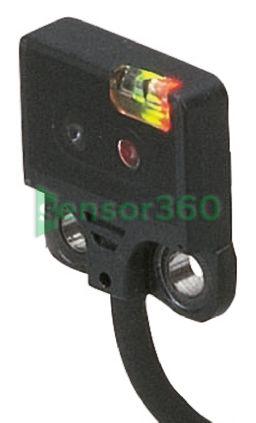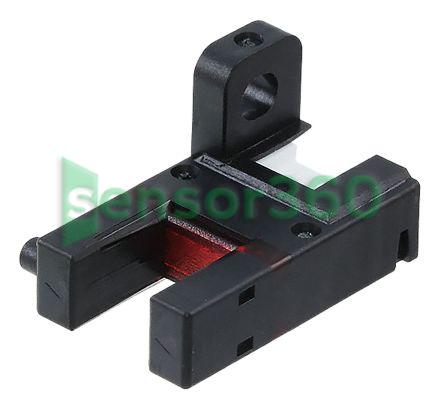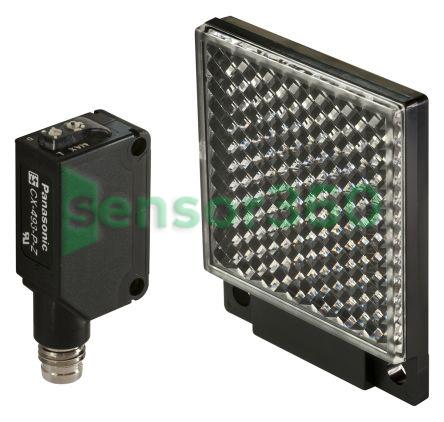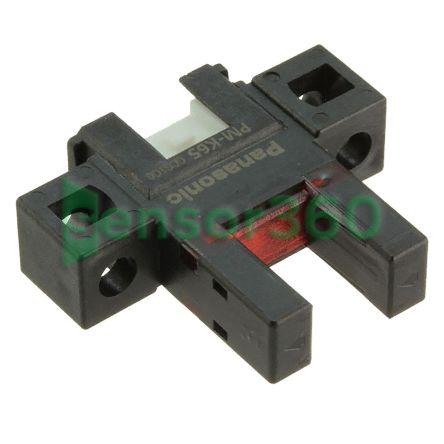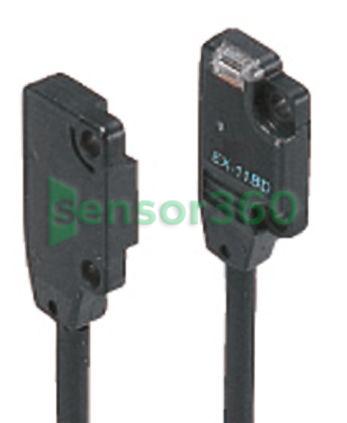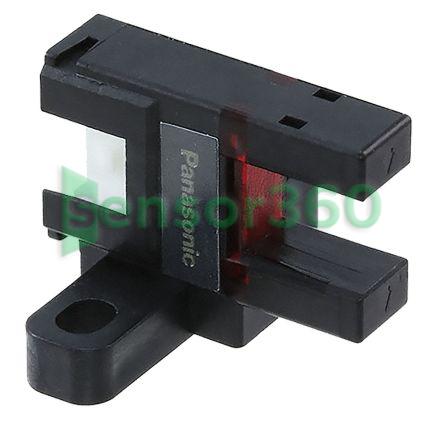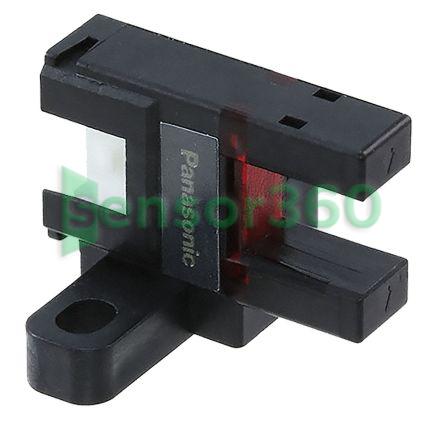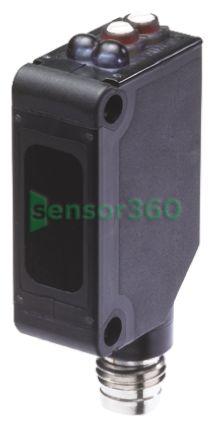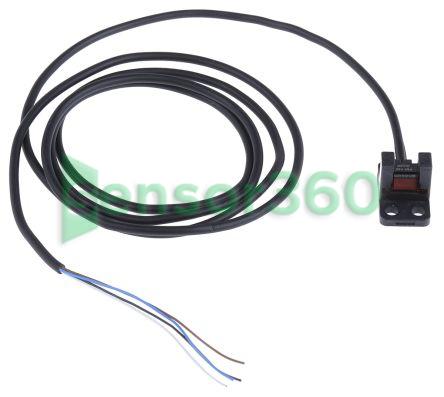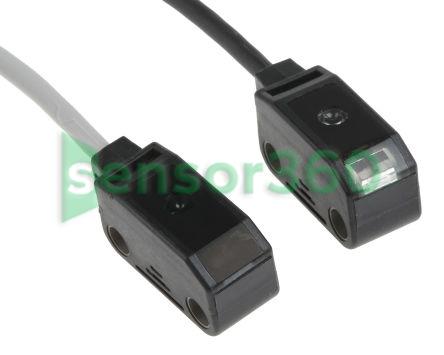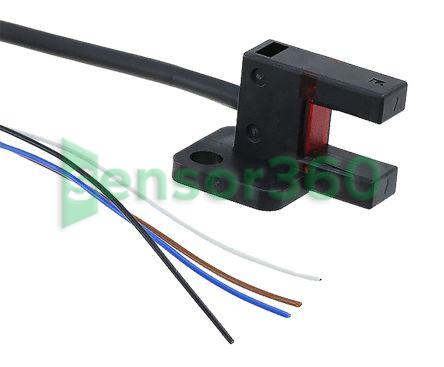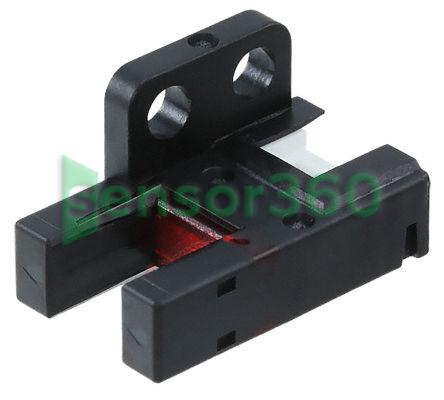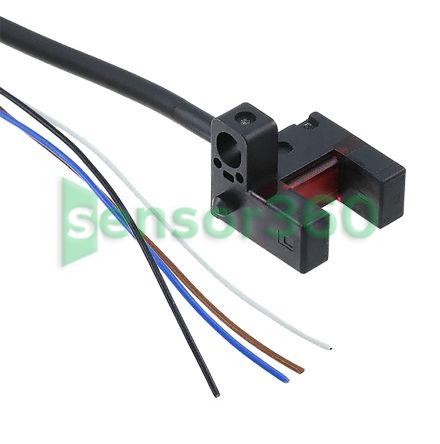
Panasonic
Company Homepage

Overview
Panasonic, formally known as Panasonic Corporation (Japanese: パナソニック Co., Ltd., Panasonic Corporation), is Japan's largest motor manufacturer and one of the top eight motor companies in Japan (Panasonic, Sony, Sharp, NEC, Fujitsu, Hitachi, Toshiba , Mitsubishi Electric), headquartered in Kadoma City, Osaka Prefecture, Japan. Ranked 110th among the Fortune Global 500 in 2017.
development path
early rise
On March 7, 1918, Konosuke Matsushita founded "Panasonic Electric Manufacturing Co., Ltd." in Osaka. When he started his business, he made electric lamp holders. In 1927, the company began to produce bicycle lights. During World War II, some of the company's factories were requisitioned by the military to manufacture some aircraft and ships for the Japanese Navy. In 1945, Japan surrendered and entered the period of Japanese Allied occupation. All enterprises involved in military production were closed down by the Allied Forces Headquarters in Japan. Matsushita's funds were frozen, and Matsushita Konosuke was forced to leave the company. In 1947, after the director of administration, Toyo Iue, resigned from the company's responsibility for the war effort, Matsushita Konosuke returned to the company [3] (Iuee later founded Sanyo Electric).
In 1951, Konosuke Matsushita went to the United States and opened up the market of Panasonic Electric in the United States. The first product was a television. Konosuke Matsushita signed a technical cooperation contract with Philips, and then introduced and introduced Western technology to Japan, thus allowing Matsushita Electric to achieve breakthrough growth from the 1950s to the 1970s. At present, Panasonic's product line is extremely broad. In addition to home appliances, it also produces and manufactures various digital electronic products, such as DVD players, DV digital cameras, MP3 players, digital cameras, LCD TVs, notebook computers, etc., and also extends to electronic parts. , electrical parts (such as socket covers), semiconductors, etc., there are hundreds of indirect and direct investment companies.
Big mergers and acquisitions
At the end of 2008, there was news of a merger between Panasonic and Sanyo Electric, another major electrical appliance manufacturer. On December 19, 2008, Panasonic spent 806.7 billion yen, equivalent to US$9 billion, at 131 yen per share to acquire 430 million Sanyo Electric special shares jointly held by Sanyo Electric's major shareholders Goldman Sachs, Daiwa Securities and Sumitomo Mitsui Financial Group. After conversion It holds 70.5% of Sanyo Electric's equity. After acquiring Sanyo Electric, Panasonic became the largest motor manufacturer in Japan and the second largest in the world (after General Electric).
On February 7, 2013, Fujitsu's subsidiary Fujitsu Semiconductor and Panasonic's system LSI department jointly officially announced that they would merge their LSI (large integrated circuit) design and R&D departments with the latter to form a new joint venture. On September 27, KKR's investment fund wholly owned PHC Holdings' 80% stake in the Panasonic Healthcare project for 165 billion yen (approximately US$1.67 billion).
On December 23, 2015, Panasonic acquired Hussmann Corporation, a Missouri-based refrigerated display cabinet system manufacturer, for US$1.545 billion (approximately 185.4 billion yen).
Tesla cooperation case
Since 2014, Panasonic's largest investment in the 21st century has been the signing of a cooperation agreement with Tesla Motors of the United States. As the only supplier of electric vehicle batteries, it still maintains this position until 2020. However, some decisions made by Tesla CEO Musk have caused Panasonic to be extremely upset. There was great dissatisfaction, and the two sides gradually turned against each other in 2018. The management was criticized by many shareholders at the financial report meeting in June 2019. Because the sales and deliveries of Tesla electric vehicles were not as expected, Panasonic’s stock price fell sharply in the past year and a half. fell nearly 50%.
It started investing heavily in capital expenditures to build Gigafactory 1, a production line in Nevada, for batteries for Tesla electric vehicles seven years ago. The initial investment was close to US$5 billion, but concerns about recovery profits brought the risk of capital operations to the edge. At the same time, people around Musk It was revealed that he was very dissatisfied with the battery quality of the Model S series and once tried to manufacture batteries in the factory. However, he gave up purchasing Panasonic because the professional threshold was too high. However, he buried a personal grudge with Panasonic CEO Kazuhiro Tsuga. Later, in order to lower the price of electric vehicles as soon as possible, Musk made every effort to obtain approval and cooperation from the Shanghai Free Trade Zone and was allowed to build a large Shanghai factory, also known as Tesla's "Super Factory." However, in order to minimize costs, Panasonic needed to follow the local factory and directly build in the production line. Factory, the two sides had fierce disagreements over this. On November 22, 2019, Tsuga Kazuhiro made it clear that he would not join the Gigafactory plan. At the same time, he said, "Whether it is using batteries produced by Chinese manufacturers or using batteries from our cooperative factory Gigafactory 1, "The decision-making power rests with Tesla" almost directly expresses that if Musk is dissatisfied, he can purchase domestically produced batteries from China without having to place another order.
At the same time, Nikkei revealed in April 2019 that Panasonic was freezing its investment in the expansion of Gigafactory 1 in Nevada. Musk’s original request to expand production capacity by 50% seemed to have been blocked, while Bloomberg reported that LG Chem and CATL had received Tesla’s Inquiries for batteries are under discussion.
Exit semiconductor
Due to continued losses in Panasonic's semiconductor business, Panasonic sold the business to Taiwan's Nuvoton Technology in 2019.
Company name change and brand unification
Due to the long-term discovery of "one company with multiple brand names" within Panasonic Electric, which has affected the global market share of the group's products, in order to achieve brand consistency and recognition and consider global market layout, the Japanese headquarters was established in 2008 An interim board meeting will be held on January 10, 2019. Starting from October 2008, the board of directors decided to change the company's Japanese abbreviation from "Panasonic" to its pseudonym "Panasonic" [8], and the company's full Japanese name was also changed from "Matsushita Electric Industrial Co., Ltd" .) Changed its name to "Panorama Co., Ltd." At the same time, the "Nasonic" (National) trademark still used in Japan will be gradually abolished in 2009, and the "Panasonic" brand and trademark will be uniformly used globally. Since this decision has the element of "de-Panasonic", when this decision was drafted, President Fumio Otsubo had consulted the opinions of the Panasonic family representatives on the board of directors, and the Panasonic family representatives responded that they had no objection to this decision.
Since all Panasonic products in Japan and outside Greater China have been sold under the "Panasonic" brand as early as 2003, the Quasar brand, which is still used in the North American low-price audio-visual equipment market, has been in a state of natural elimination. After the company changed its name, it was still The "National" used in Japan has also been discontinued since 2009. As for the survival of KDK, Technics, Rasonic and other brands, the Japanese headquarters did not propose relevant measures or make any response at that time. Panasonic sub-brands such as Lumix are not affected.
As for the Greater China region, Panasonic stated that since its company names in mainland China and Taiwan can only be registered in Chinese, and "Panasonic" has been deeply rooted in the hearts of the people, as the only exception in the global market, it will be registered in mainland China and Taiwan. "Panasonic" will continue to be used as the company's registered name, and the brand name will still be fully changed to "Panasonic". As for Hong Kong and Macau, the Chinese name "Roxy Brand" proposed by the founder of the general agent Shun Hing Group, Meng Minwei, has further gradually abandoned the Chinese name since 2006; to this day, except for the rice cooker products that are deeply rooted in the hearts of the people, it still retains In addition to the "Panasonic" name, other household electrical appliances, stationery electronic equipment, audio-visual products, etc. have completely followed the guidance of the Japanese head office and uniformly used the "Panasonic" name.
Brands and products
brand
National (Chinese name: Panasonic; Taiwan name: International Brand, Hong Kong translation: Lesheng Brand): Founded in 1922, the brand means "national". It is the longest-used brand of Panasonic Electric Company and the most well-known brand in Asia. In October 1962, International Communications Machinery Corporation and Matsushita Electric established a joint venture, Panasonic Taiwan, and continued to use the International Communications Machinery Company's international brand name as the Taiwanese translation of Panasonic's brand "National". After the implementation of the unification policy for overseas brands in Japan in 2003, only white home appliances in Japan continued to use this brand. It was completely stopped in 2009. However, many small home appliance companies in Japan affixed the word National on some products that originally had the word Panasonic. of white goods for sale.
Panasonic (Chinese name: Panasonic; Taiwan translation: International Brand, Hong Kong translation: Lesheng Brand): Founded the brand in 1955. When Panasonic entered the United States, the original National brand already had a company registered in the United States, so this brand was created . Today it is the main brand of Panasonic Electric Company. Before the unification of brands outside Japan, this brand mainly focused on audio-visual equipment and stationery supplies.
Quasar: The brand inherited by Panasonic when it acquired the home electronics department of Motorola in the United States in 1974. It was only used in electronic audio-visual products in North America. In 2003, the Panasonic brand was unified in the world and became naturally obsolete.
Technics and RAMSA: Now it is a special brand of DJ mixing equipment and electronic keyboards of Panasonic Electric Company (originally including audio, now the audio equipment has been merged into the Panasonic Electric Panasonic brand).
M: An alternative mark used when electronic parts (capacitors, etc.) produced by Panasonic are too small to bear the full brand name.
KDK: It is an air flow appliance (electric fan, exhaust fan, etc.) produced by Panasonic Electric Company. Its products are the same as National (now Panasonic). Every time a new KDK product is launched, National must have the same function and the same style product. Launched, this is because Panasonic uses two brands but different market positioning to occupy two different markets: KDK targets electrical material companies, while National targets families.
Rasonic (Chinese name: Lexin brand): Shun Hing Electrical Engineering Co., Ltd., a subsidiary of Hong Kong Shun Hing Group, which was originally the general agent of Panasonic Electric in Hong Kong and Macao, developed its own brand. In 1990, Panasonic and Shun Hing established a joint venture, Panasonic Shun Hing Electromechanical Co., Ltd., to establish the Rasonic brand but it had nothing to do with Panasonic Electric. Some Panasonic white goods sold in Hong Kong will be sold at cheaper prices under the name Rasonic.
JVC (Hong Kong once translated as Star Brand, Taiwan translated as Victory Brand): JVC (Japan Victor Company) was founded in 1927. It was a subsidiary of Victor Talking Machine Company, the leader of phonographs and vinyl records in the United States at that time. In 1930, JVC produced phonographs and vinyl records. In 1932, JVC began producing radios. In 1939, Japan's first television set was exhibited. During World War II, Japanese companies severed ties with foreign partners. In 1929, majority ownership of JVC was transferred to RCA-Victor, a joint venture between Radio Corporation of America (RCA) and Victory Audio. Until 1953, JVC KENWOOD was owned by Matsushita Electric Corporation. Today, Matsushita Electric Corporation owns 24.41% of JVC KENWOOD.
Sanyo (Chinese name: Sanyo Electric): On December 21, 2009, Panasonic Electric acquired 50.27% of Sanyo's equity, and Sanyo became a subsidiary of Panasonic Electric.
In addition, Panasonic also has a triangular "three-leaf pine" logo, which is the company logo of Panasonic and has three meanings: "perseverance", "generative development" and "cooperation".
product
Capacitors Electromechanical Wireless connectivity Industrial automation Batteries Resistors Inductors (coils) Relays and contactors
Connectors HVAC/R and Appliances Storage Media Sensors Semiconductors Circuit Protection Thermal Management Optical Components
China business
Panasonic Electrical and Mechanical (China) Co., Ltd.
Contact Information
Log in to learn more Contact information
-

Address
Log in to learn more Contact information
-

Contact Email
Log in to learn more Contact information
-

Web
Log in to learn more Contact information
-

Contact Number
Log in to learn more Contact information

